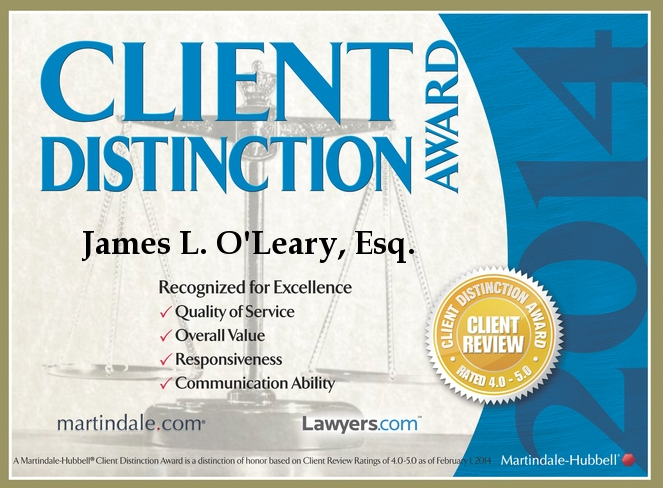 E-discovery has become more important with the rise of electronic communications. But how can we actually do e-discovery efficiently and effectively? There are many resources out there to aid but the first step is to use non electronic means to think about possible sources of discovery. Thinking this through by brainstorming can help map out a game plan of possible sources of further information.
E-discovery has become more important with the rise of electronic communications. But how can we actually do e-discovery efficiently and effectively? There are many resources out there to aid but the first step is to use non electronic means to think about possible sources of discovery. Thinking this through by brainstorming can help map out a game plan of possible sources of further information.
Each case has unique facts. The sources of proof that can be out there are many. For example, an e-mail from a person that saw an accident may include details about the circumstances surrounding the incident. A witness to a car accident may have sent a text message to someone about how it happened. A driver may have been sending a text message, or may have been logged in to Facebook, etc., at the time of the crash. There should be electronic trails of such information available inside the databases that contain this potential evidence.
For example, this morning when I was driving my kids to school I noticed a young woman driving a small silver SUV next to me. She was doing about 40 mph on U.S. 41. She had her smart phone held up in her left hand while she was driving and was clearly looking at her phone. Facebook, or any other database, logs when users are logged in. This woman is not alone. These days most people are walking or driving around with a smart phone. The temptation is to check your e-mail, text messages, status updates, or other data points on the phone. This problem does not escape law enforcement. Nowadays, police cars are moving offices with full laptops perched up at the officer/driver’s dashboard. There is a constant flow of data coming at the officer, in real-time on the road ahead of he or she, but also in their face on their screen. While they are trained on how to manage this enormous responsibility, there is a serious risk of distraction and resulting crashes. Police are human, and they can negligently cause an accident just like anyone can, just by even taking their eyes off the road for a moment, a crash can occur.
This can be discovered through a subpoena to a records custodian. The information needs to be preserved by the carrier. This can be done through a preservation letter or a court order. The cell phone records can give us information about what time text messages were sent which may correlate to a crash time. We can prove someone was logged in if necessary. Facebook and other mobile apps, including cell phone providers, are hard to work with because they want to protect their user’s privacy. However, when a subpoena or court order is obtainable, the provider must comply with the law. In balancing the privacy interests of a user of a mobile app or mobile phone against the legitimate interests of government in obtaining evidence of negligence in a civil action, the balance tips in favor of the integrity of the judicial process in discovering information that may be relevant or lead to the discovery of admissible evidence.
Other types of proof are available electronically. The universe of information continues to broaden daily with the onslaught of new apps, services, and electronic communications spreading across the country. By asking ourselves what may be out there and considering attempting to make extra discovery efforts to get more evidence we can possibly find more information to prove our cases. Most all software and mobile providers appoint a records custodian who can help us with their particular records retention policies and procedures for obtaining the information.




